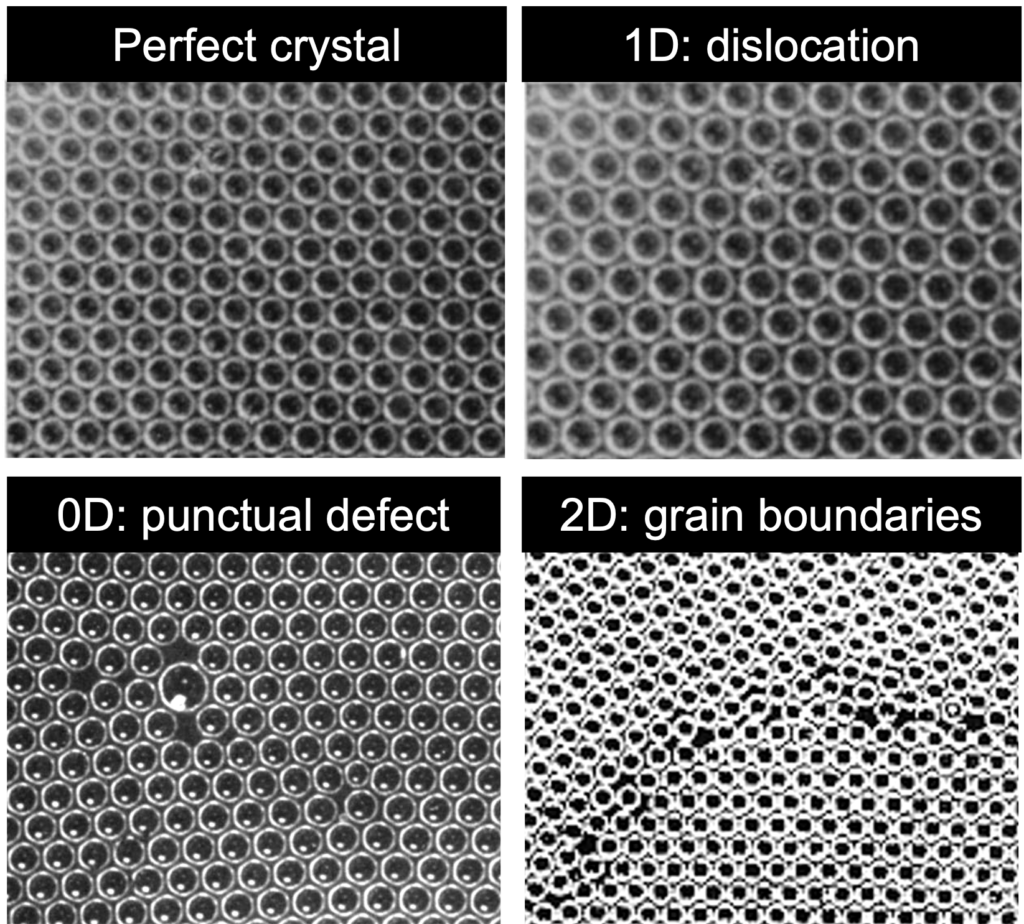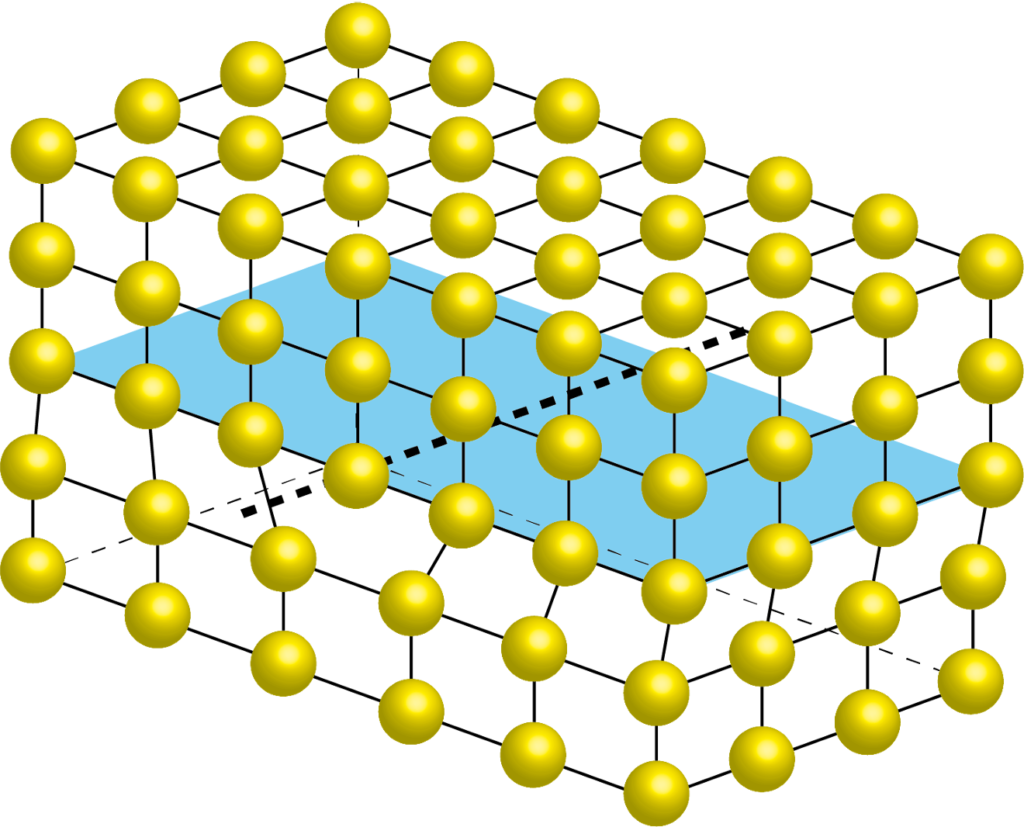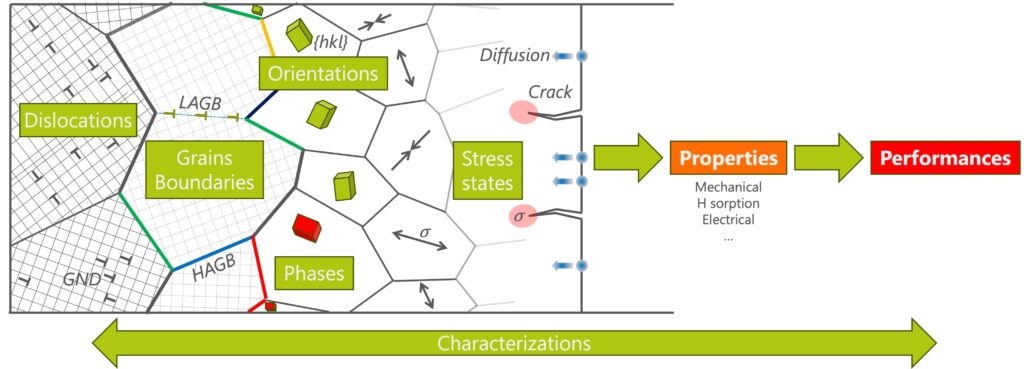In solid-state physics, the study of crystal defects is essential for comprehending the behavior and properties of materials at the atomic scale. Crystal defects encompass irregularities or imperfections in the regular repeating pattern of atoms within a crystalline structure, influencing diverse physical properties like mechanical and electrical behaviors.
These defects, including point defects, line defects, planar defects, and extended defects, contribute to the distinctive characteristics of crystals. By examining and understanding these defects, scientists and engineers gain the ability to manipulate and control material properties, leading to advancements in electronics, materials science, and energy storage. Consequently, the exploration of crystal defects remains a captivating area of research, brimming with potential for discovering new materials and optimizing their properties.

“Crystals are like people; it is the defects in them which tend to make them interesting!”
— Colin J. Humpfreys, Physicist
In my research, I aim to thoroughly investigate and understand various types of crystal defects within a crystalline structure. By employing advanced characterization techniques, I delve into the intricacies of these defects, such as line defects (dislocations), and planar defects (grain boundaries).

Furthermore, I analyze the influence of these defects on various properties of materials, among others, including their mechanical, hydrogen-storage, irradiation resistance, and electrical behaviors.

Understanding and optimizing the physical properties of materials through the study and characterization of their defects.
Ultimately, this knowledge can be utilized to develop materials with enhanced performance for various applications, thereby improving their overall functionality and efficiency.
